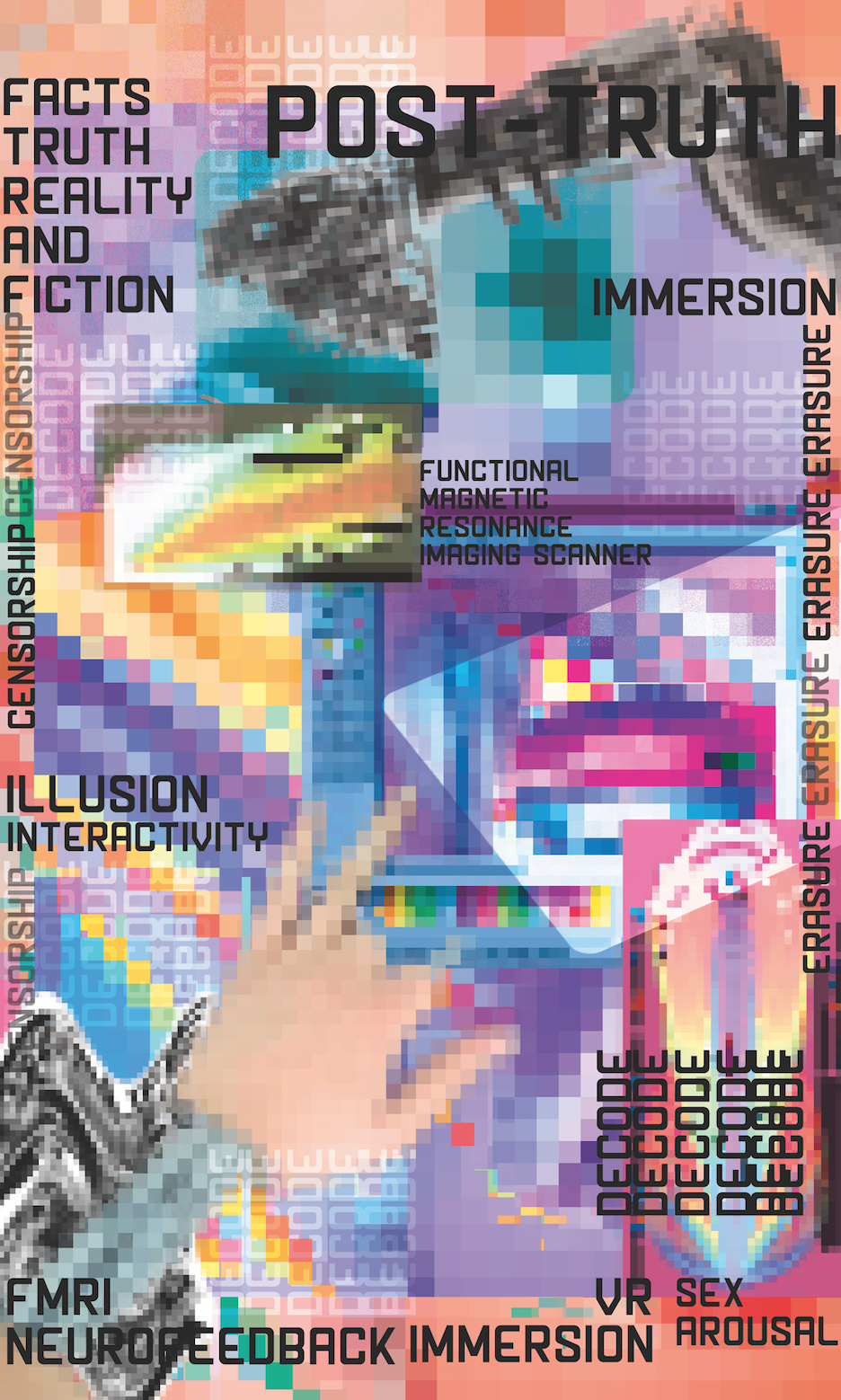Posthuman Who- Series Project

Posthumanism | Graphic Publishing | Installation / 2019
There are numerous foreseeable definitions and frameworks of posthumanism. My initial intention is to make the undefined, abstract, generalized concept of posthumanism embodied by creating the profile of posthumanism in my view, collecting and recreating futuristic embodied artifacts and artworks and narrating the posthuman ideology [e.g. the discourses of nonhuman agents’(animal, plants, computers etc.) roles; what would exist, behave, live and occur; ]. After literature review and contemporary visual research, I would experiment multiple mediums to create the possible tangible and visible form representing posthuman idea, and defining the quality and feelings of emerging tech and science. From this process, I reflect the responsibilities and expectations of human designers in the posthuman era. To what degree that emerging technologies (e.g. Artificial Intelligence and algorithms) would influence the human aesthetics, behaviours and thinking patterns. When AI can massively produce design works, it is designers’ responsibilities to “plug in” a wider range of ideas/images/codes/ algebraic expressions to enhance empathy, and the production process of serial visual forms that are comprehensive, aesthetically tolerable, pleasant and palatable. My final presentation expects to present the epitome of posthuman world and posthuman designer’s pieces of work.
(The works are still uploading due to the site renewal)





